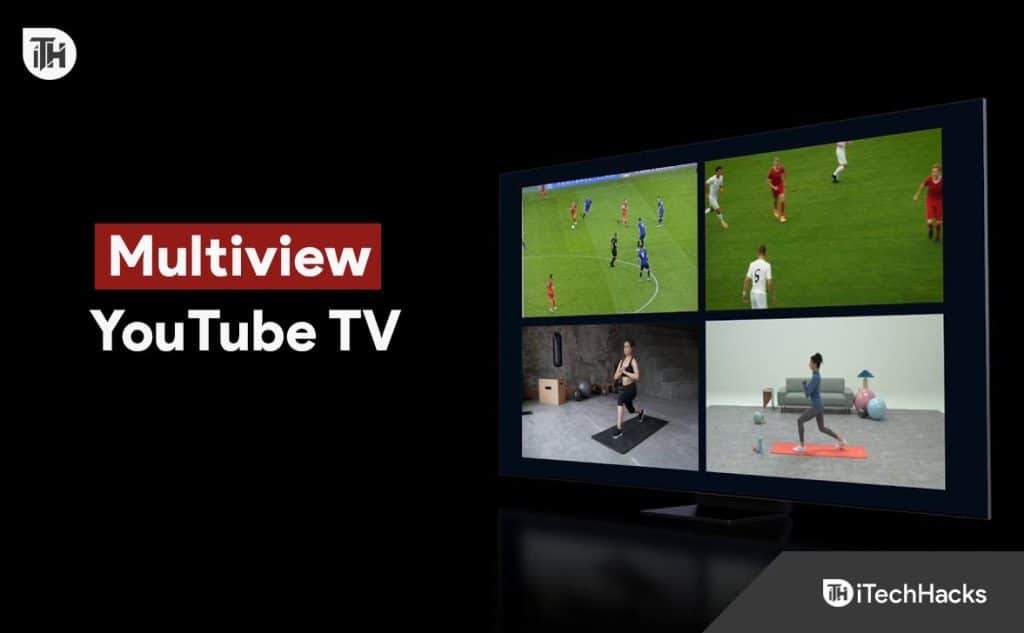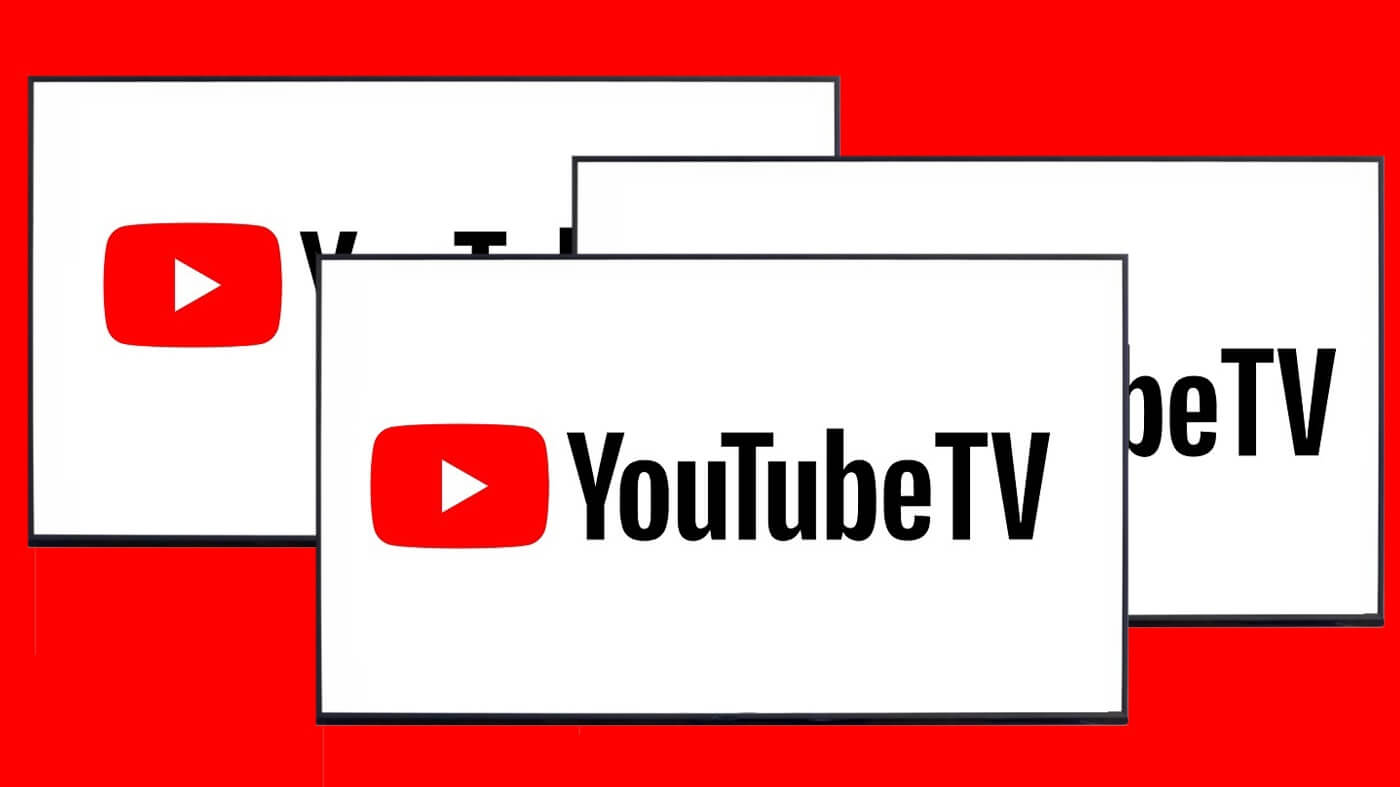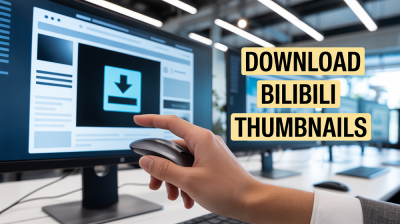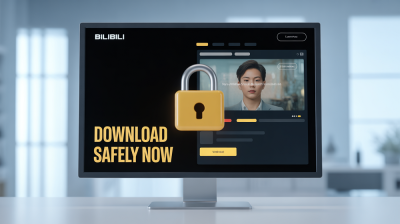When it comes to streaming services, YouTube TV has made quite a name for itself. With a wide array of channels and an easy-to-navigate interface, it’s no wonder so many folks are choosing it as their go-to platform for live TV. But did you know that there are device limitations when it comes to simultaneous viewing? Understanding these restrictions is crucial for a seamless watching experience, especially if your household has multiple viewers trying to catch different shows at the same time. Let’s dive into an overview of YouTube TV and what you need to know about these limitations.
Overview of YouTube TV

YouTube TV is an innovative live TV streaming service, launched by Google in 2017. Unlike traditional cable, it allows subscribers to watch and record live TV online without the need for complicated installations or hardware. With its user-friendly design, you can easily switch between channels, access on-demand content, and even enjoy the perks of cloud DVR storage. Here are some key features that make YouTube TV stand out:
- Extensive Channel Lineup: YouTube TV offers over 85 channels, including popular networks like ABC, CBS, NBC, and ESPN. There’s something for everyone!
- Cloud DVR: With unlimited cloud DVR storage, you can record your favorite shows to watch later. No more stressful scheduling conflicts!
- Multiple Profiles: You can create up to six separate accounts for family members, each customized with their own preferences and ‘Watch Next’ queue.
- User-Friendly Interface: Navigating YouTube TV is a breeze, with a simple layout that lets you find what you want quickly.
However, with these advantages come certain limitations, especially when it comes to the number of simultaneous streams allowed on different devices. Let’s explore this crucial aspect to help ensure you get the most out of your YouTube TV experience!
Device Limitations Explained

When diving into the world of YouTube TV, it's essential to understand that not all devices are created equal. Each device has its own limitations that can affect your viewing experience. So, what does this mean for you? Let’s break it down!
First off, certain devices may not support all features available on YouTube TV. For example, while streaming on smart TVs, you might encounter restrictions in video quality or compatibility with apps. On the other hand, devices like Chromecast or Roku often provide a smoother experience.
Moreover, YouTube TV is designed for various operating systems such as iOS, Android, and different web browsers. However, versions and updates can create inconsistencies. For instance, if you're using an outdated app on your mobile device, you might miss out on new functionalities.
Here’s a rundown of some common devices and their limitations:
- Smart TVs: Can vary in streaming quality and may sometimes lag behind software updates.
- Game Consoles: Generally good but may lack voice command features.
- Mobile Devices: Requires the latest app version for optimal performance.
- Web Browsers: Browsers like Safari or Internet Explorer may not support all features.
In a nutshell, understanding these device limitations can enhance your viewing experience and help you choose the best platform for streaming YouTube TV.
Number of Simultaneous Streams Allowed
Alright, let’s talk numbers! One of the most critical aspects of YouTube TV is how many simultaneous streams you can enjoy at once. This is particularly crucial for families or roommates who want to watch different shows without stepping on each other’s toes!
With YouTube TV, you’re allowed to stream on up to three devices simultaneously. This means you can have multiple people watching their favorite shows at the same time—whether it’s sports, movies, or those binge-worthy TV series.
However, it's important to note that if more than three devices attempt to stream at once, only the first three to connect will have access. The additional devices will receive an error message indicating that the streaming limit has been reached.
Here’s a quick summary of the simultaneous streaming rules:
| Device Limit | Description |
|---|---|
| 3 Streams | Allowed on active devices simultaneously. |
| 4th Device Attempt | Will face a streaming limitation error message. |
So whether you're a lone wolf or part of a larger viewing party, understanding the limits of simultaneous streams can help avoid those awkward “I’m trying to watch!” moments. Plan wisely, and enjoy your viewing experience with YouTube TV!
Managing Multiple Users and Accounts
Alright, so you've got a family that loves to binge-watch their favorite shows on YouTube TV. The good news is that managing multiple users and accounts is super simple! YouTube TV allows you to have different users under one subscription, which is handy if everyone in the household has their own taste in TV.
Here's how it works:
- Account Creation: You can create up to six individual user accounts under one YouTube TV subscription. Each user gets their own personalized homepage, complete with recommendations based on what they watch.
- User Profiles: When you set up individual user profiles, viewers can keep track of their shows, recording preferences, and watch history. This way, kids don’t have to dig through your favorite crime documentaries!
- Account Accessibility: Each user can sign in on different devices. If the kids want to watch cartoons on the living room TV while you catch up on the news on your tablet, you’re golden!
- Purchasing Add-Ons: If you want to add premium channels (like HBO or Showtime) or other features, the primary account holder can manage that easily, while keeping user-specific settings intact.
Just remember, while you can manage multiple users, the simultaneous streams limit still applies. This means if everyone tries to watch at the same time, you may run into those pesky limitations. So, make sure to discuss who’s watching what—communication is key!
What Happens When You Exceed the Limit?
So you’ve got your favorite shows on, your partner is streaming a movie, and suddenly your child wants to binge-watch their series too. Wait a minute—uh-oh! You just hit the maximum number of simultaneous streams, which is three. What happens next?
Here’s the lowdown:
- Error Message: If you try to start another stream when you’ve already hit the limit, you’ll receive a pop-up message. It usually says something along the lines of “Streaming Limit Reached.”
- Lost Access: If you’re already streaming and someone else tries to jump in, they’ll be blocked from viewing until one of the existing streams ends. It might feel a bit like musical chairs!
- Prioritize Your Viewing: If someone is using a device that you desperately need access to, the easiest solution is to kindly ask them to wrap up. Or maybe compromise on who gets the next show!
- Manage Your Devices: To avoid hitting the ceiling, consider scheduling watch times for popular shows to balance it out. It’s a great way to ensure everyone gets their fair share of viewing time.
Exceeding the simultaneous viewing limit can certainly be a drag, but with a little bit of planning and communication, you can avoid the streaming stand-offs. Happy watching!
7. Tips for Optimizing Your Viewing Experience
Let’s face it—when you’re trying to get the most out of your YouTube TV experience, every little bit counts! Here are some handy tips to ensure your viewing isn’t just good, but absolutely fantastic!
- Stable Internet Connection: Before pressing play, check your internet speed. YouTube TV recommends at least 3 Mbps for seamless streaming. If you have a family or roommates, consider upgrading your plan to accommodate everyone's needs.
- Use Wired Connections: Whenever possible, connect your streaming device directly to your router with an Ethernet cable. This tends to offer a faster and more reliable connection than Wi-Fi.
- Quality Settings: Adjust the video quality settings in your YouTube TV app. You can opt for a lower resolution if your internet is struggling, which might just save you from annoying buffering.
- Device Compatibility: Ensure that your streaming device is fully updated. Older devices can limit performance or compatibility with YouTube TV features.
- Avoid Overloading Your Network: If you have multiple devices connected, try to limit other high-bandwidth activities like gaming or large downloads while streaming TV.
- Schedule Your Viewing: If you plan on watching popular shows during peak times, it might be wise to stream during off-peak hours. Less traffic can mean a smoother experience.
These small tweaks can significantly enhance your overall viewing experience, turning your couch into a front-row seat every time you tune in!
8. Conclusion
In conclusion, understanding the limitations and capabilities of YouTube TV can truly make or break your streaming experience. By being aware of the number of devices that can stream simultaneously and the best practices for optimizing your setup, you can enjoy a seamless viewing experience.
To recap:
- YouTube TV allows three concurrent streams, perfect for family viewing but potentially tricky if you have multiple viewers at home.
- Enhancing your network stability and adjusting settings can drastically reduce interruptions.
- Consider upgrading your internet service if you frequently encounter issues during peak viewing times.
Ultimately, whether it's catching up on the latest series or enjoying a live sports event, implementing these tips will lead you to a smoother, high-quality viewing experience. So go ahead, grab your remote, and enjoy all that YouTube TV has to offer!










